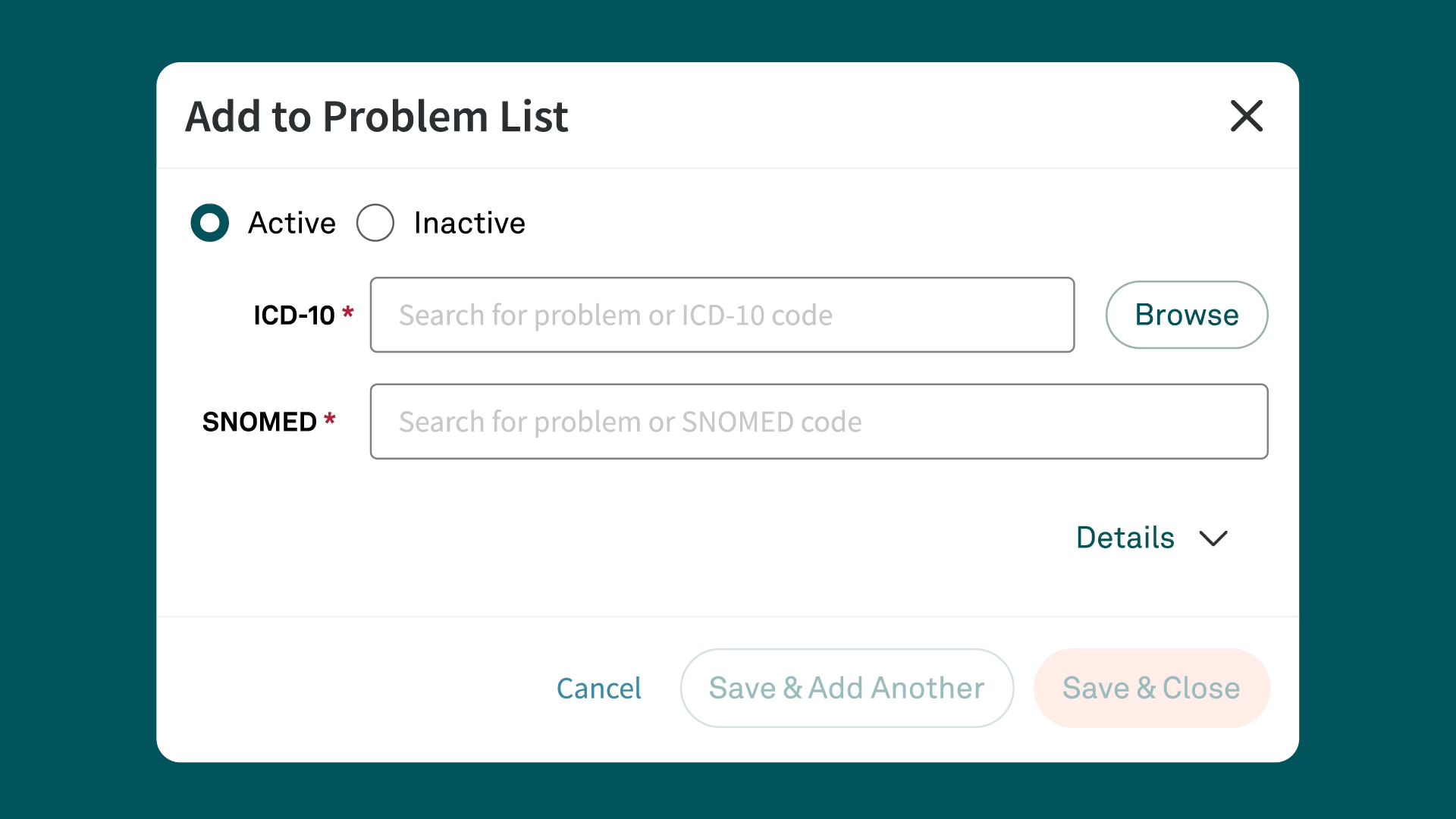ICD-10 Code E66.01
Morbid (severe) obesity due to excess calories
What is the code E66.01?
E66.01 is a billable/specific ICD-10-CM code used to indicate a diagnosis of "morbid (severe) obesity due to excess calories." This code is part of the chapter on endocrine, nutritional, and metabolic diseases, more specifically, it falls under the category of higher-weight and obesity (E66).
Detailed description of E66.01
The diagnosis coded as E66.01 represents cases where an individual's body weight is significantly above what is considered healthy for their height and age, primarily due to excessive caloric intake. This level of obesity is termed "morbid" or "severe," suggesting that it poses an immediate risk to health, significantly increasing the likelihood of developing conditions like diabetes, hypertension, heart disease, and certain types of cancer.
Symptoms commonly associated with E66.01
Patients diagnosed with E66.01 often exhibit symptoms or health issues including:
- Difficulty in performing everyday tasks due to physical size
- Shortness of breath with minimal exertion
- Sleep apnea and other respiratory problems
- Joint pain due to excess weight
- Signs of depression or anxiety about body image
Related and similar ICD-10 codes
- E66.8: Other obesity
- E66.2: Morbid obesity with alveolar hypoventilation
- E66.1: Drug-induced obesity
These codes provide specifics regarding complications or additional factors related to obesity.
Appropriate usage of E66.01 for billing
For accurate billing, use E66.01 when the patient's medical record clearly indicates obesity specified to be morbid or severe. It is important for documentation to reflect the severity in order to appropriately justify the use of this specific code.
Instructional guidelines for providers coding E66.01
Providers should ensure the presence of severe obesity is clearly documented with a body mass index (BMI) typically exceeding 40, or 35 with concurrent obesity-related conditions. Documentation should include dietary intake assessments, patient history related to weight gain, and any previous interventions.
An excludes 1 note is located at code E66.01 for morbid (severe) obesity with alveolar hypoventilation (E66.2). This note instructs that when morbid obesity is accompanied by alveolar hypoventilation, only E66.2 Morbid (severe) obesity with alveolar hypoventilation should be coded, and E66.01 should not be used.
Another term that is coded to E66.01 is “Class 3 obesity.” Class 3 obesity is synonymous with morbid obesity.
The coding for morbid obesity is determined by the provider's diagnosis of the condition, rather than any specific BMI value. There is no specific coding rule that determines which BMI values define morbid obesity.
When code E66.01 has been diagnosed, an additional code to identify body mass index (BMI) (Z68.–) should be assigned if known.
Common pitfalls in coding with E66.01
- Incorrectly coding for obesity (E66.9) when specific criteria for morbid obesity due to excess calories are met.
Key resources for E66.01 coding
- CMS ICD-10 Homepage: Provides official resources and guidelines for ICD-10-CM coding.
- WHO ICD-10 Online Browser: Useful for checking the specifics of codes related to long-term medication use.
Conclusion
E66.01 is used for identifying patients who suffer from severe obesity. Accurate coding ensures that these patients receive the necessary medical attention and interventions tailored to reduce their risk of associated health conditions and improve overall quality of life.
Simplify ICD-10 code documentation with Tebra
Tebra’s EHR+ gives you quick searches and Systematized Nomenclature of Medicine (SNOMED) field names for efficient code documentation. Plus, Tebra automatically saves ICD-10 to SNOMED mapping for future searches, streamlining your workflow.

Discover how Tebra helps providers effortlessly document health-related issues and conditions in this detailed post.
Download your free resource now
Access it instantly — just complete the form

Stay Ahead with Expert Healthcare & Billing Insights
Get the latest industry updates, financial tips, and expert strategies — delivered straight to your inbox.


